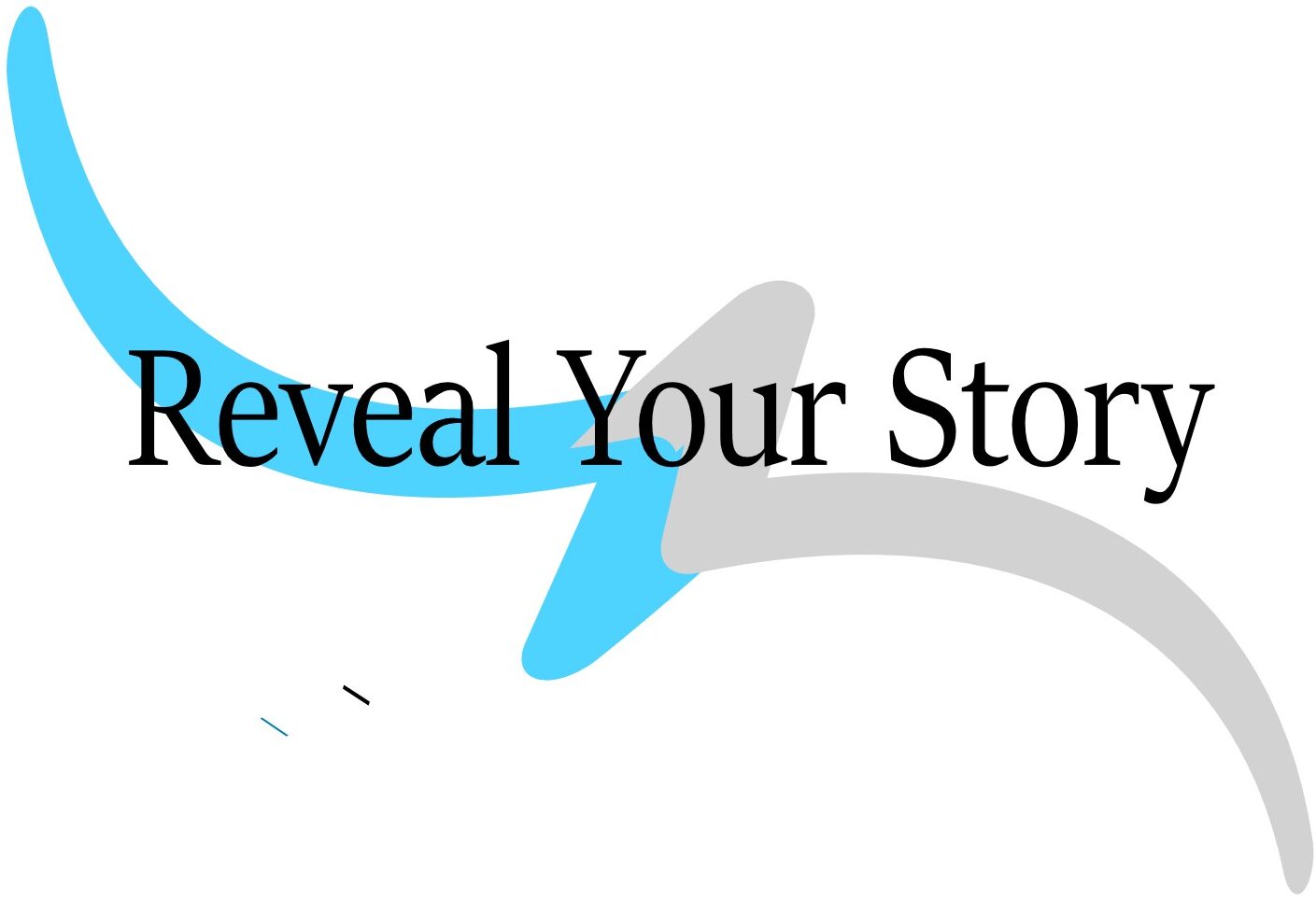Advance directives are essential but often overlooked
- By Jim Miller, Special to the Star-Advertiser
- June 23, 2020
Dear Savvy Senior: All this horrible coronavirus carnage got me thinking about my own end-of-life decisions if I were to get sick. Can you recommend some good resources that can help me create a living will or advance directive, or other pertinent documents? I’ve put it off long enough. — Almost 70
Dear Almost: Creating a living will (also known as an advance directive) is one of those things most people plan to do but rarely get around to actually doing. Only about one-third of Americans currently have one. But the cold, hard reality of the novel coronavirus may be changing that. Here’s what you should know, along with some resources to help you create an advance directive.
Advance directivesADVERTISING
To adequately spell out your wishes regarding your end-of-life medical treatment, you need two key documents: A “living will,” which tells your doctor what kind of care you want to receive if you become incapacitated, and a “health care power of attorney” (or health care proxy), which names a person you authorize to make medical decisions on your behalf if you become unable to.
These two documents are known as an “advance directive,” and will only be utilized if you are too ill to make medical decisions yourself. You can also change or update it whenever you please.
It isn’t necessary to hire a lawyer to prepare an advance directive. There are free or low-cost resources available today to help you create one, and it takes only a few minutes from start to finish.
One that I highly recommend that’s completely free to use is My Directives (mydirectives.com). This is an online tool and mobile app that will help you create, store and share a detailed, customized digital advance directive. The easy-to-use platform combines eight thoughtful questions to guide you through the process. If you’re not computer-savvy, ask a family member or trusted friend to help you.
The advantage of having a digital advance directive versus a paper document is being able to access it quickly and easily via smartphone, which is crucial in emergency situations, when they’re most often needed.
If, however, you’d rather have a paper document, one of the best do-it-yourself options is the Five Wishes advance directive (online forms are available, too). Created by Aging With Dignity, a nonprofit advocacy organization, Five Wishes costs $5 and is available in many languages. To learn more or to receive a copy, visit fivewishes.org or call 850-681-2010.
Another tool you should know about that will compliment your advance directive is the Physician Orders for Life-Sustaining Treatment, or POLST (sometimes called Medical Orders for Life- Sustaining Treatment, or MOLST). A POLST form translates your end-of-life wishes into medical orders to be honored by your doctors. To learn more about your state’s program or set one up, see POLST.org.
Readers should also know that if you’ve already prepared an advance directive paper document, a POLST form or the VA advance directive form 10-0137, you can upload, store and share these documents at mydirectives.com.
STAY INFORMED ABOUT COVID-19
And finally, to ensure your final wishes are followed, make sure to tell your family members, health care proxy and doctors. If you make a digital advance directive or have uploaded your existing forms, you can easily share them electronically to everyone involved. Or, if you make a paper advance directive that isn’t uploaded, you should provide everyone copies to help prevent stress and arguments later.
Jim Miller is a contributor to NBC-TV’s “Today” program and author of “The Savvy Senior.” Send your questions to Savvy Senior, P.O. Box 5443, Norman, OK 73070; or visit savvysenior.org.

